Five Ways to Explore Mission San Juan Capistrano, 'The Jewel of the Missions'

Mission San Juan Capistrano wasn't the first of the California missions to be built. In fact, it was the seventh.
But, first consecrated in 1776, it's the site of the oldest California building still in use. And that makes it the oldest of the missions that's still standing (since California's first mission, the Mission Basilica San Diego de Alcalá, is essentially a replica with very little original structure remaining).The mission system only lasted about 30 years – Mexico dismantled the missionary effort and secularized the Spanish outposts in 1834, once it had won its independence from Spain.
That meant that the most staggering structure on the mission campus, the "Great Stone Church" (built 1797-1806), was never rebuilt after collapsing and killing over 40 parishioners from the Acjachemen tribe in the 1812 Wrightwood earthquake, which hit during the Feast of the Immaculate Conception. Instead, the ruin of what was once the largest structure in Alta California languished – and it continued to do so as California was ceded to the United States and officially became a state in 1850.
But the conservation of the mission’s remains as a living ruin turns out to be something of a blessing – because it’s in the many crevices and crevasses of the Great Stone Church’s former sanctuary that the cliff swallows have chosen to roost and nest. Their return in the Spring was pretty exciting, since it had been a few years since any swallows had been sighted during their annual migration from Argentina. But fortunately, this Southern California mission and the city that was created around it are both worth the trip, with or without the swallows.
Whether you’re an architectural buff, an antiquarian or an archaeological tourist, here are the five best ways to explore “The Jewel of the Missions” and the Orange County town that’s one of the oldest in all of southern California.
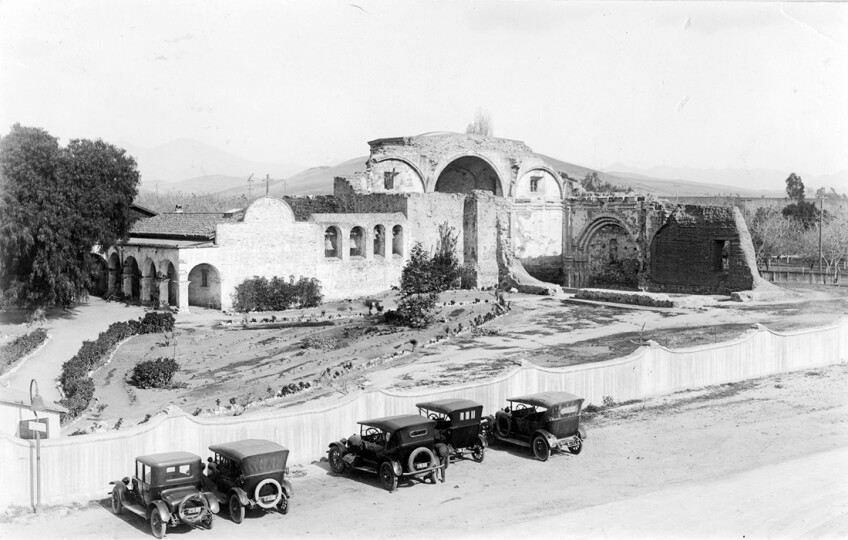
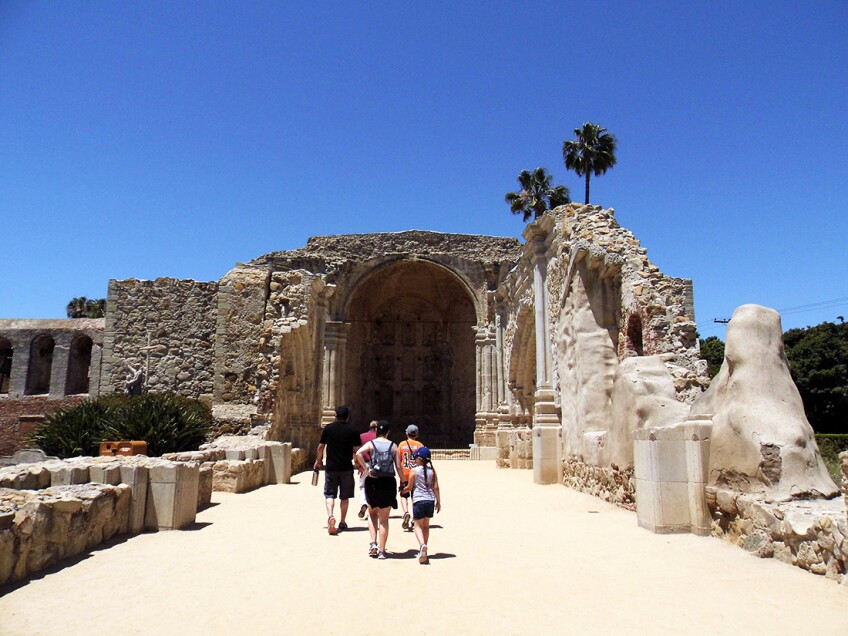
1. The Return of the Swallows
Of course, swallows are neither unusual nor endangered, as they can be found in abundance elsewhere in southern California. But their annual return in March to the mission has become the subject of legend. Now, you might think that the return of the birds is by some miracle or divine intervention -- but actually, it's been carefully strategized. Since swallows usually build their nests under bridges, eaves and other overhangs, the mission built an arch in 2015 with man-made nests mounted on it to entice the swallows to come back, since the birds typically prefer to reuse existing nests rather than painstakingly building new ones. That same year, the mission started piping an artificial swallow siren song through a sound system to try to lure them back -- and it appears to have worked.
Pro Tip: Since the advertised "Swallows Viewing Station" doesn't actually house any real swallows nests at all, you’re better off looking for piles of droppings underfoot as you walk along the buildings or anything that might provide a hospitable shelter for them. When you spot the droppings, look up – and you’ll probably see a nest. Give it some time and you may see (or hear) babies inside or an adult swooping in for feeding time.
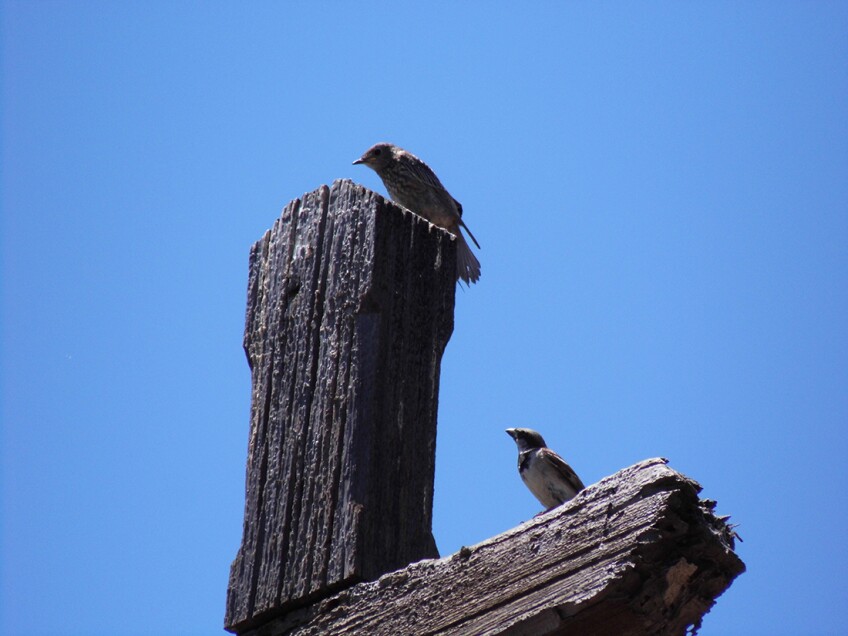
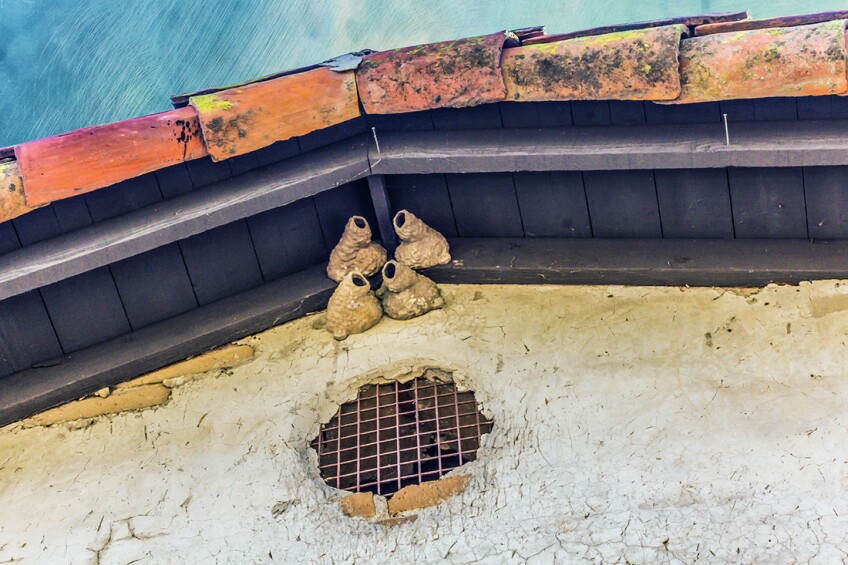
2. The Ringing Of the Historic Bells
Every mission treasures its bells, but the ringing of the bells at Mission San Juan Capistrano has become its oldest and most treasured tradition – one that’s been reserved for only a handful of “official bell ringers” since the late 1800s. Of course, pretty much everyone in town can hear the bells ring -- as they have since the mission era (1776-1834), signaling celebrations (designated feast days, holidays and community celebrations) and delivering sad news, like a death. Because of damage or theft, it’s actually unusual to find original bells at any mission, but at Mission San Juan Capistrano, you can find two original, small bells hanging in the campanario (a.k.a. the wall of bells) – the bells of San Antonio and San Rafael, both cast in 1804. You can also find the two largest bells – the bells of San Vicente and San Juan, both originally cast in 1796 -- hanging where the Great Stone Church’s bell tower used to stand before it collapsed in the 1812 earthquake. The ringing of the bells – both originals and replicas – has also become an important part of the signature events that take place at Mission San Juan Capistrano.
Pro Tip: Watch the bell-ringers at work during the annual Saint Joseph’s Day and The Return of the Swallows Celebration, which takes place every March and the annual Battle of the Mariachis in May.
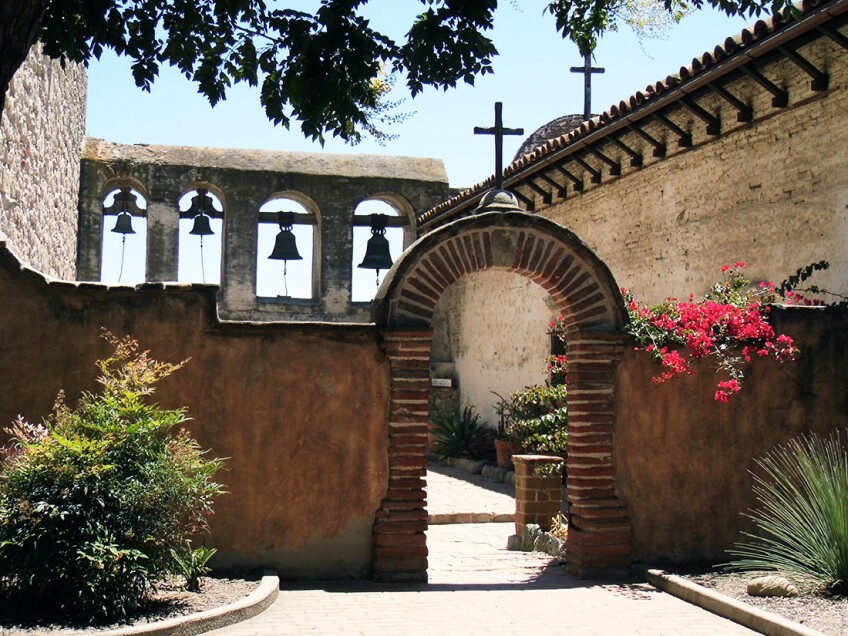
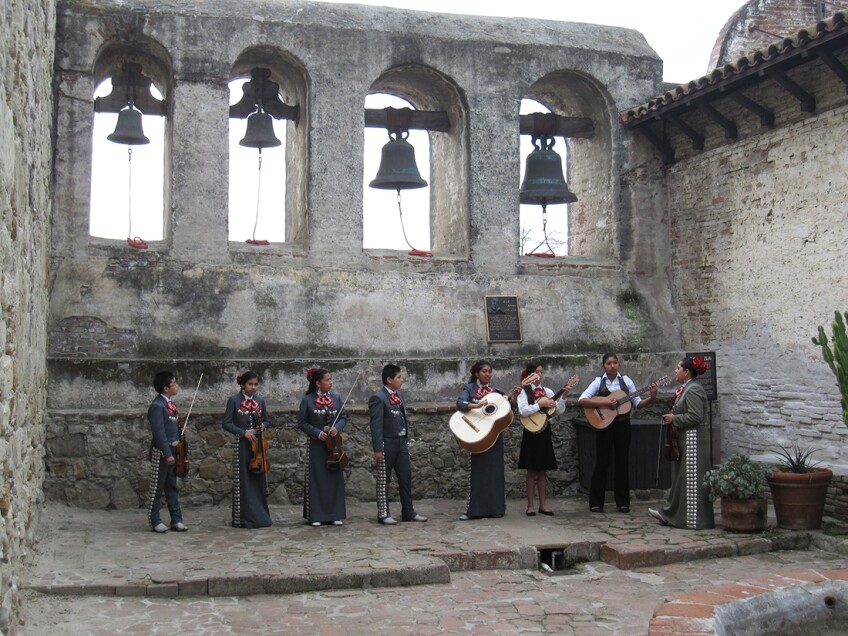
3. Explore the Industrial Ruins
Like all of the California missions, Mission San Juan Capistrano became self-sufficient thanks to a variety of industrial pursuits. In fact, today you can walk through the ruins of an entire industrial system that once included workshops, storehouses and even a drainage system from its early years. There was, of course, the winemaking – an obvious choice, given the need for sacramental wine during mass – but the biggest industry for the mission was probably its hide and tallow production. You can now see the tannery where animal hides were made into leather and the vats where the rendered fat from sheep and cattle (a.k.a. tallow) was boiled to make liturgical candles, as well as soap, grease and ointments. There were even blacksmiths at the mission – and today, you’ll find ruins of the 1790s-era foundry that were unearthed in 1935, known as the Catalan furnaces. Used to smelt metal ore (at a whopping 3,650 degrees) to forge iron into building materials and weapons, they’re the oldest existing facilities of their kind (sometimes also called “bloomeries”) in the state.
Pro Tip: One of the first things the Spanish missionaries did upon their arrival to San Juan Capistrano was to plant olive trees, but the process of turning them into olive oil didn’t start until the 1880s, after the mission era was over. In front of the Soldiers’ Barracks building, take a look at the millstone where cured olives would be pressed.
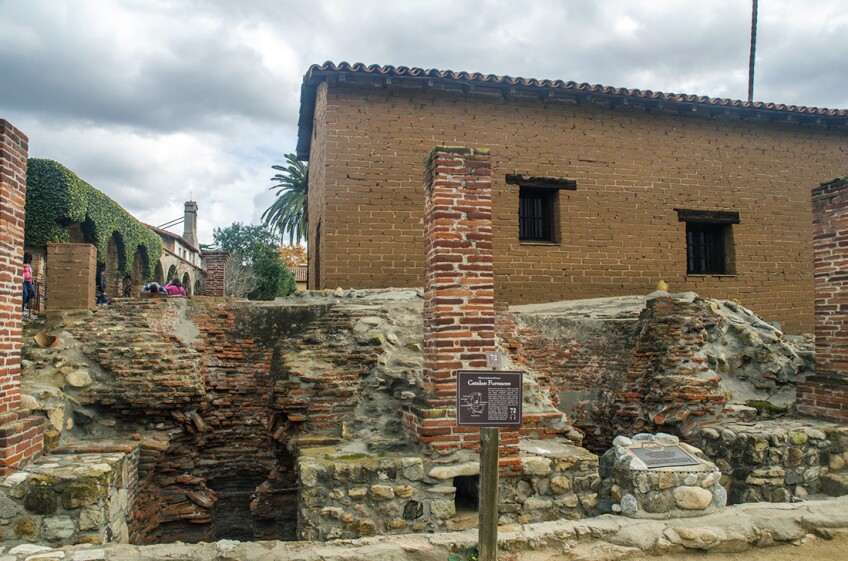
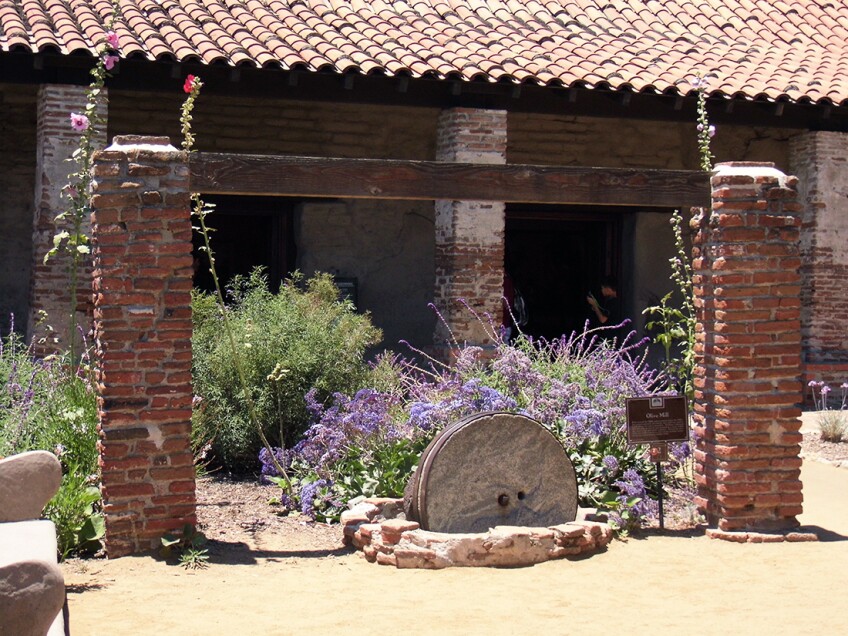
4. Visit the Historic Cemetery
[view:kl_map_points==socal wanderer]
East of the Serra Chapel, you’ll find the mission’s historic cemetery (a.k.a. Camposanto, or “holy field”), where burials of Native American men, women and children – essentially, those who built the mission -- and Spanish soldiers of the mission era began in 1781. Nearly 2,000 of them were buried here, though not everybody got their own grave, coffin or marker. The last and perhaps most famous of those interred at the tiny cemetery was Father Saint John O’Sullivan, who died in 1933 (and has both a large monument and a plaque in his honor). In 1910, O’Sullivan had moved out West with tuberculosis and had set up shop, so to speak, among the ruins of Mission San Juan Capistrano – the first padre to reside at the mission in over 20 years, when his only companionship came from the critters that roamed the desolate site. Soon after his arrival, he made restoring the mission his life’s work – earning him the nickname “The Great Restorer.” It was he who is credited for elevating the swallows to legendary status, having co-authored the book "Capistrano Nights," which brought the story to the masses. Father O’Sullivan also created the annual “Return of the Swallows” celebration, a tradition that’s continued since the 1920s.
Pro Tip: Walk up to the altar inside the Serra Chapel and you’ll be standing above the spot where three former mission pastors -- José Barona, Vicente Fustér and Vicente Pascual Oliva – are also entombed.
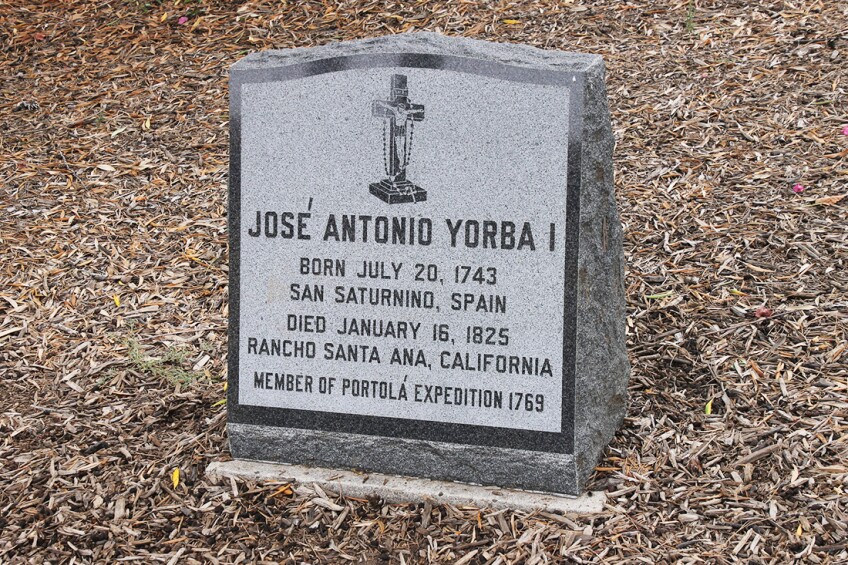
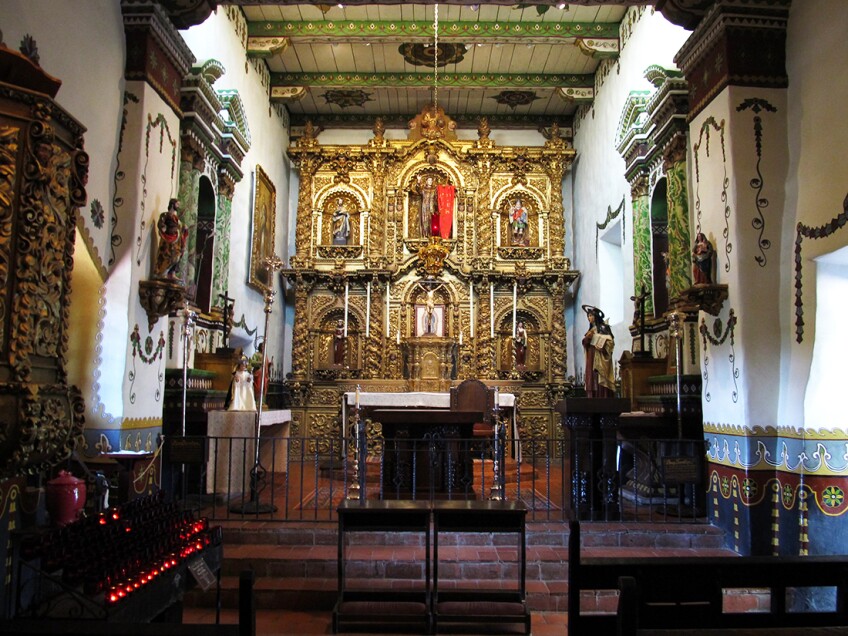
5. Head to Historic Downtown San Juan Capistrano
Not only should you go to Mission San Juan Capistrano for more than just watching the swallows return, but you should also visit the town of San Juan Capistrano for more than just its mission! In fact, between the Mission District and the Los Rios Historic District, there’s plenty to keep your entertained well within walking distance of the mission (which publishes a handy map for its visitors).
Starting at the historic Capistrano depot from 1894 – the oldest Mission Revival style train depot in SoCal -- grab a bite to eat at either Trevor’s at the Tracks (a relatively recent addition to the trackside dining options) or The Vintage Steak House (where you can dine inside a 1927 Pullman rail car). On the other side of the tracks, you’ll find over 30 landmarked structures (including a few adobes) dating back to 1794 along Los Rios, known as “California’s oldest residential street.” Don’t miss the old Capistrano jail cell that was relocated to Los Rios from the intersection of Camino Capistrano and Ortega Highway – which also happens to be the intersection where Mission San Juan Capistrano stands. And you can find one more former jail in the cellar of El Adobe de Capistrano, a Mexican eatery whose southern end is housed in the former juzgado (courthouse) of San Juan Capistrano.
Pro Tip: Along Camino Capistrano, don’t miss the Esslinger Building at 31866 Camino Capistrano, a Streamline Moderne stunner that was built in 1939 as a medical clinic for Dr. Paul H. Esslinger. It’s featured on the San Juan Capistrano Chamber of Commerce’s architectural walking tour guide, among many other historic gems.

Top Image: Sandi Hemmerlein












